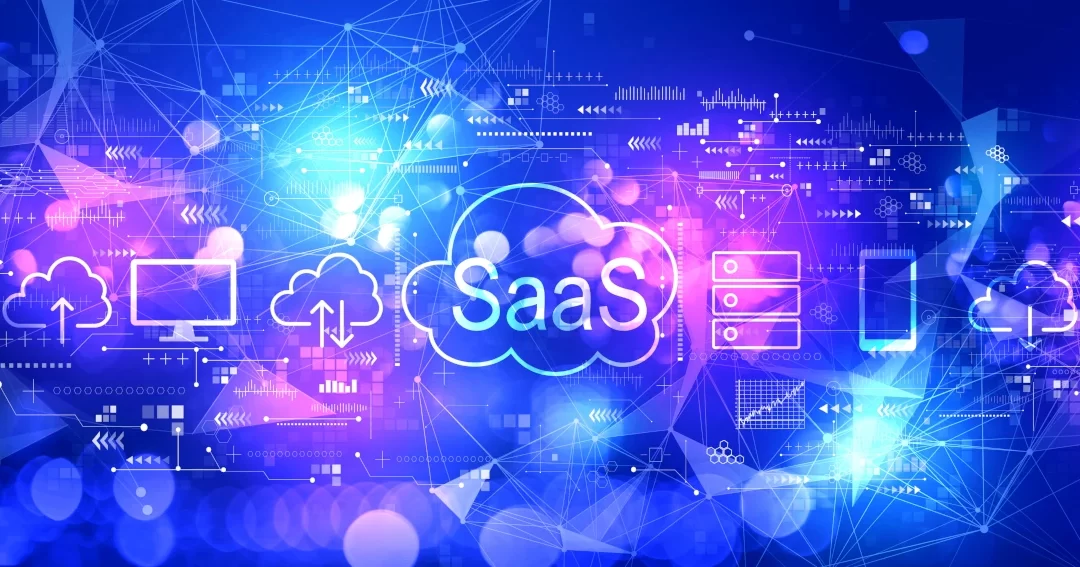In the last decade, there has been a major shift in the way software is delivered and purchased. Organisations are no longer opting for the traditional model of purchasing software and placing it on-premises. Instead, they are subscribing to software that is centrally located on a remote cloud network. This Software as a Service (SaaS) delivery model is becoming the go-to for many businesses for a variety of reasons, including flexibility and affordability.
The Benefits of SaaS Solutions
The many benefits that SaaS solutions offer is likely why they are among the fastest-growing segments in the IT industry. One of the biggest benefits is that SaaS applications are subscription-based, meaning businesses only have to pay for what they use. SaaS subscriptions can save a lot of money when comparing the cost to purchase the software outright then having to pay for maintenance, support, and upgrades separately.
Another huge benefit of SaaS solutions is that they are centrally located on a remote cloud network. Having a centrally located, remote network allows employees to access the software from anywhere at any time, which increases flexibility and productivity for all users. Since SaaS solutions are cloud based, there is no need to invest an IT infrastructure to support the software, which can further reduce expenditures.
Finally, SaaS applications are usually updated automatically, so users always have access to the latest features and security updates, Reducing IT support calls and freeing up resources to work on other projects.

The Drawbacks of SaaS Solutions
Of course, no solution is perfect, and there are some potential drawbacks to using SaaS applications that businesses should be made aware of before making the switch.
One drawback that businesses should be aware of is that they may lose some control over their data. Due to SaaS applications being located on a remote server, businesses may need to comply with certain privacy regulations or may have concerns about data security.
Another potential drawback is that the customisation of SaaS applications is limited so the application may not fit the business’s specific needs.
Finally, businesses should consider if their internet connection is stable and reliable enough to run the SaaS application. If the internet connection is unreliable or goes down completely, employees will not be able to access the SaaS application.
As more and more organisations look for ways to cut costs and increase productivity, it’s no surprise that SaaS solutions are becoming increasingly popular. Thanks to their subscription-based pricing model and remote cloud location, SaaS applications offer a number of advantages over traditional on-premises software solutions. While there are some potential drawbacks to using SaaS applications, such as data security risks and difficulty with customisation, these are often outweighed by the benefits offered by this type of solution.
There are SaaS software solutions available that can perform a variety of tasks, depending on what your business needs. There are SaaS products that can assist with:
- Communication
- Accounting
- Customer Relationship Management (CRM)
- Project management
- HR Solutions
- Payment Gateways and Billing
- And many more!
Do you have questions about a SaaS solution?
We can tell you about the latest SaaS solutions that are available and advise you on how they could benefit your business.
Request a Callback
Do you have an enquiry or need some advice about the best communications solution for your business? Reach out to us, we want to help you!

